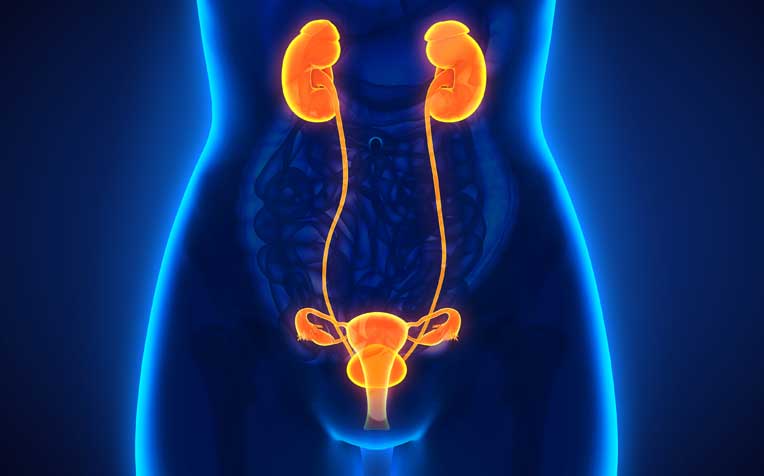
Urinary tract infections, or "UTIs", are infections that affect the bladder and/or the kidneys.
Symptoms:
- Burning when you urinate
- Needing to urinate frequently
- Blood in the urine
- Fever or feeling unwell
- Back pain
- Nausea or vomiting
Diagnosis:
- Start with contacting your family doctor or walk in clinic. They may order urine tests and will initiate treatment.
Treatment:
- Most urinary tract infections are treated with antibiotic medications. Bladder infections are typically treated for 3-7 days, depending on your medical history. Kidney infections may require hospitalization or intravenous antibiotics.
Prevention:
- Drink more fluid, especially water! (Your urine should be clear like water coming out of the tap)
- Urinate every 2-3 hours, even before you feel like you have to go
- Ensure you are having a bowel movement daily
- Urinate after sex
- Vaginal estrogen for women who have gone through menopause
Management Strategies:
- Cranberry Supplement: extract, tablets
- Note: Juice, such as Ocean Spray, does not contain enough cranberry extract to be efficacious. Juice can also be an irritant to the bladder due to the acidity and sugar content.
- D-Mannose
- Available in health food stores and online
- May reduce the risk of recurrent urinary tract infections
- Postcoital Antibiotics
- Appropriate for use in healthy women, when their urinary tract infections are temporally related to intercourse
We typically do NOT recommend continuous antibiotic prophylaxis for the following reasons:
- Numerous studies demonstrate that after discontinuing antibiotics prophylaxis, the incidence of infections returns to baseline
- There are possible long term side effects to antibiotic use
- Risk of antibiotic resistance in patients using long term antibiotics
We recommend that patients work on conservative and other preventative strategies, prior to considering a trial of continuous antibiotic prophylaxis.
More Information:
Up to date: Click Here
Mayo Clinic: Click Here
